Puzzle Jugs, the Drinking Vessels Designed to Confound
If you’re thirsty for problem-solving, these pitchers are perfect.
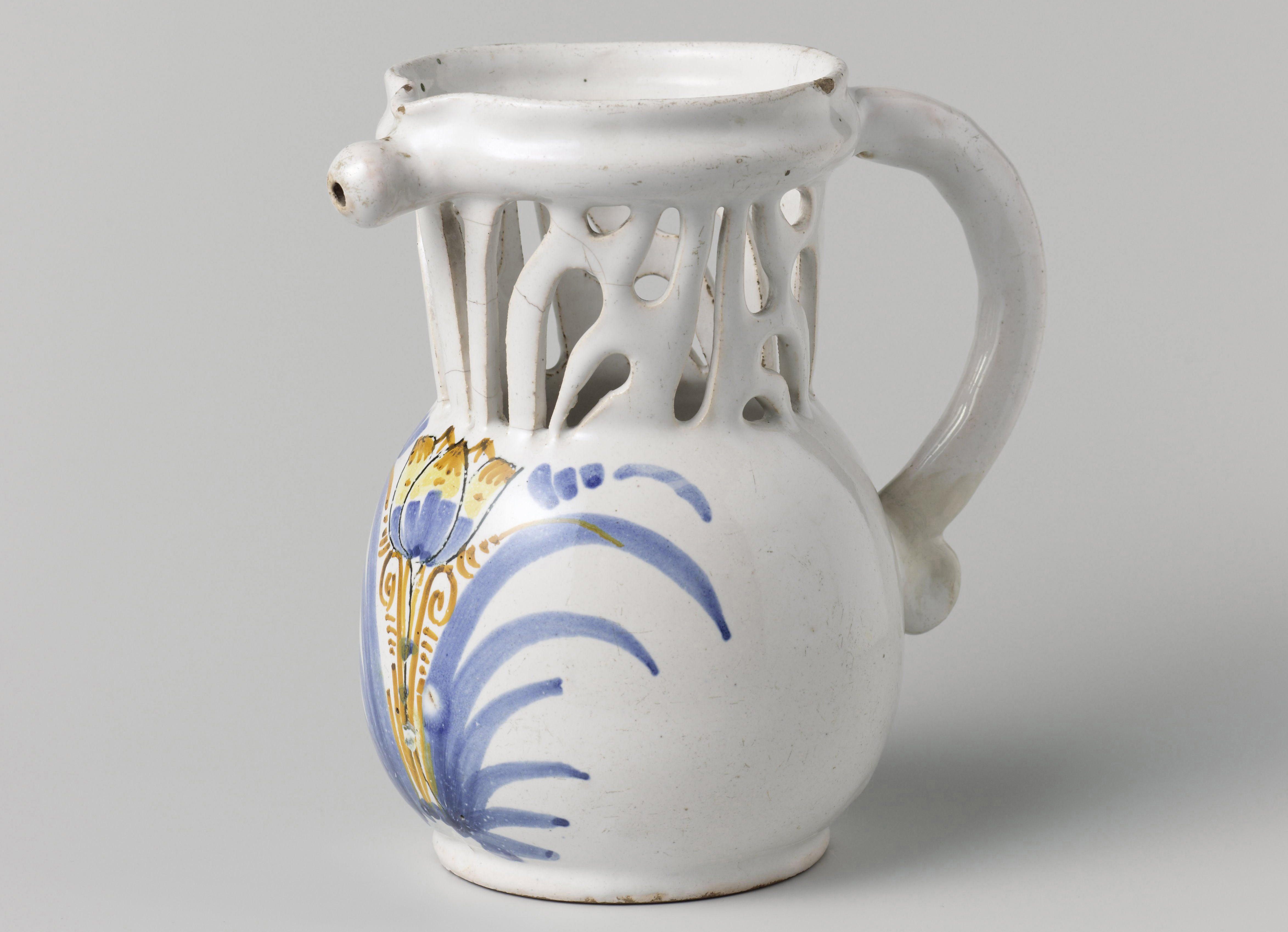
What’s more fun than drinking alcohol in a pub? Guzzling it down after satisfactorily solving a puzzle, of course. In the 16th-19th centuries, Western European drinkers enjoyed playing drinking games with specially built “puzzle jugs.” A puzzle jug, shaped with a bulbous middle and slender head, was a multi-spouted decanter. The challenge for the drinker was to figure out how to drink the alcohol inside without spilling any.
Multiple holes or spouts opened up onto hollow chambers with liquid inside them, and drinkers would have to plug some of them to prevent spills. But how did it work? Antiques expert Robert Aronson noted that “the hollow handle … forms a siphon from the lower body,” but the suction from the hollow handle was “broken by a small hole beneath the top of the handle.” That secret hole was the most important of all; hidden away from public view, that was the one the drinker had to cover “in order to create the vacuum that allows him to suck the liquid from the jug up through the handle, around the rim and out through the one functioning nozzle.”
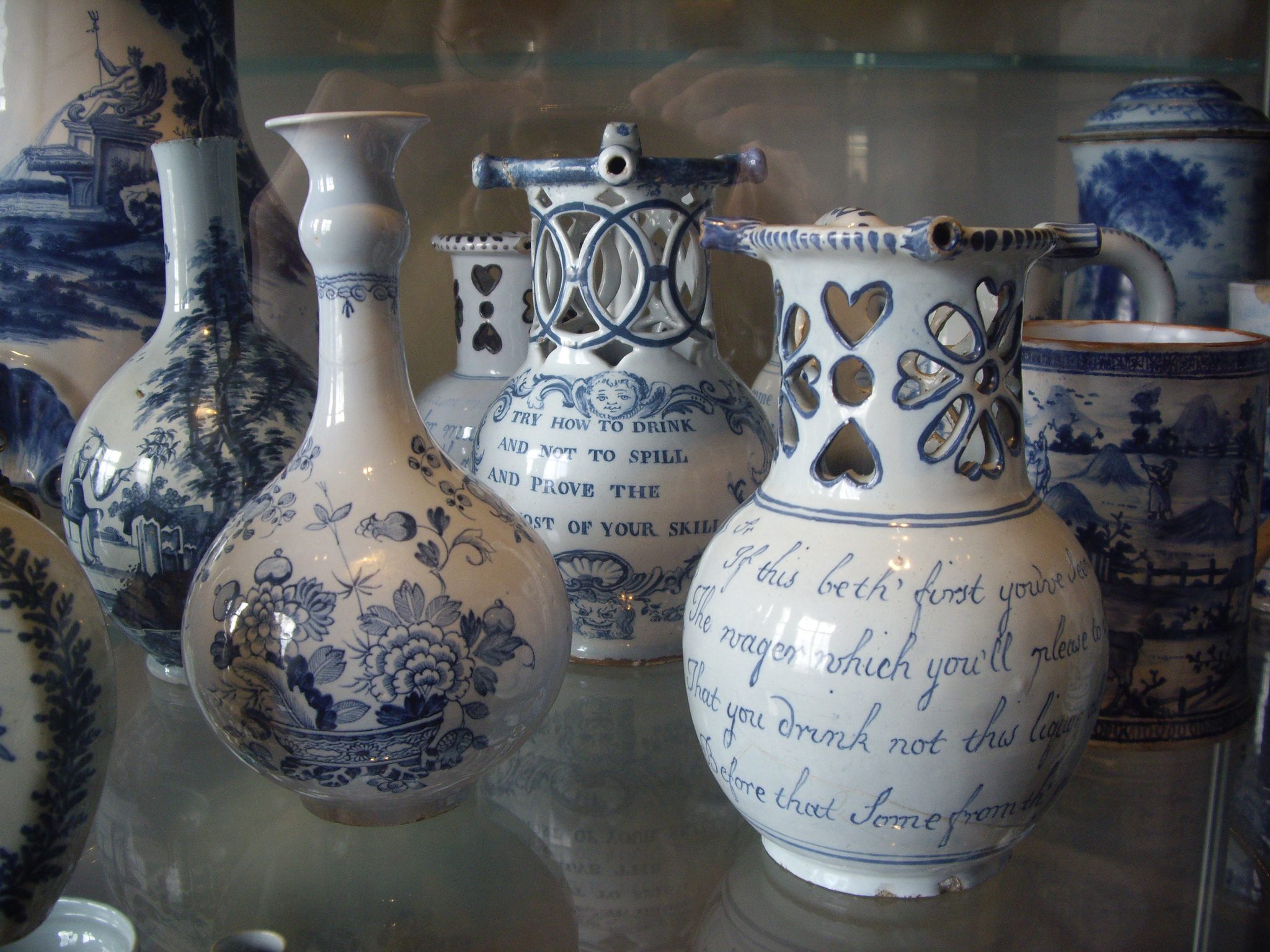
The puzzle jug was particularly popular in the 18th and 19th centuries, though the concept dates back centuries earlier. Some cite a 14th-century vessel from Exeter in England as the earliest example, but that one lacks the characteristic features typical of a puzzle jug. Puzzle jugs became super-popular by the 1650s, according to Aronson, but weren’t the first example of ceramics used for gaming purposes. One predecessor was the “fuddling cup,” popular in the 16th to 18th centuries. As literary historian Juliet Fleming wrote in Graffiti and the Writing Arts of Early Modern England, a fuddling cup or mug is “a group of individually thrown pots with interconnecting bodies, whereby liquor poured into one cup could slowly disappear and reappear in another,” a “toy machine” meant not for a practical purpose, but to entertain.

Many English pottery vessels of the period, from chamber pots to sugar containers, contained rhyming couplets inscribed on the side in line with the fun nature of the game. In particular, puzzle jugs often boasted poems alluding to the challenges the vessel itself presented. A 19th-century version, hailing from northeastern Wales, issues the following challenge to potential boozers: “Gentlemen now try your Skill/I’ll hold your Sixpence if you Will/That you dony drink unless you spill.” Another 19th-century vessel from Devon reads: “Within this jug there is good liquor /Tis fit for parson or for vicar/But how to drink and not to spill/Will try the utmost of your skill.”
Eager drinkers would engage in quaffing contests. The poem would speak directly to the boozer and reference those competitions. One 19th-century jug reads, “’Drink to mee with your Heart and fill up unto the mark/then drink mee pray without spilling or you will [pay] thre shilling.” An 18th-century jug from Liverpool, made of creamy, tin-glazed Delftware, invites the drinker: “Here Gentlemen come try your skill/I’ll hold a wager if you will/that you don’t drink this liquor all/Without you spill or let some fall.” Another 18th-century example proposes, “’From Mother Earth, I claim my Birth/I’m made a joke for man/And now am here, fill’d with good Cheer/Come taste it if you can.” Let’s hope that any drinker was up to the challenge the puzzle jug presented.
Gastro Obscura covers the world’s most wondrous food and drink.
Sign up for our regular newsletter.








































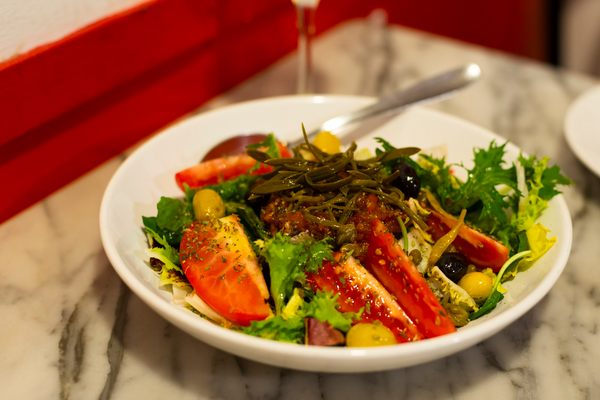
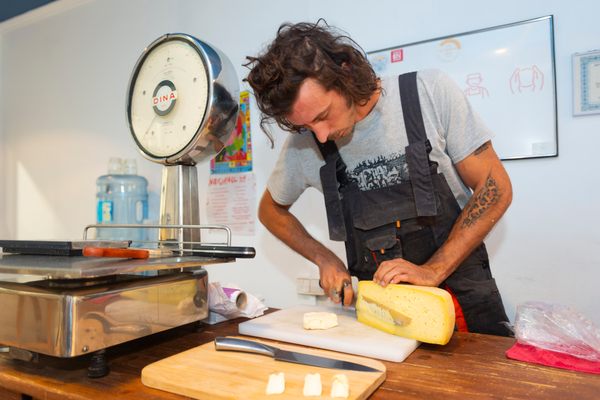

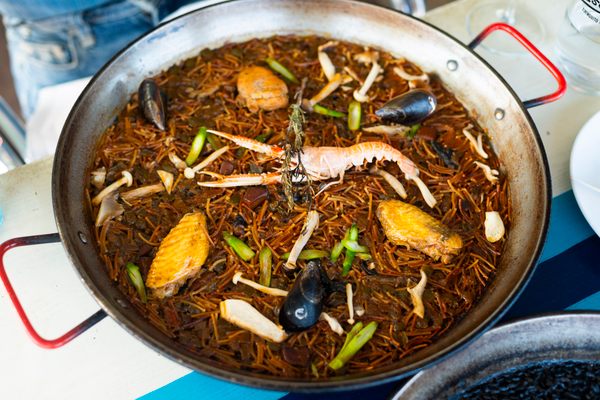


Follow us on Twitter to get the latest on the world's hidden wonders.
Like us on Facebook to get the latest on the world's hidden wonders.
Follow us on Twitter Like us on Facebook